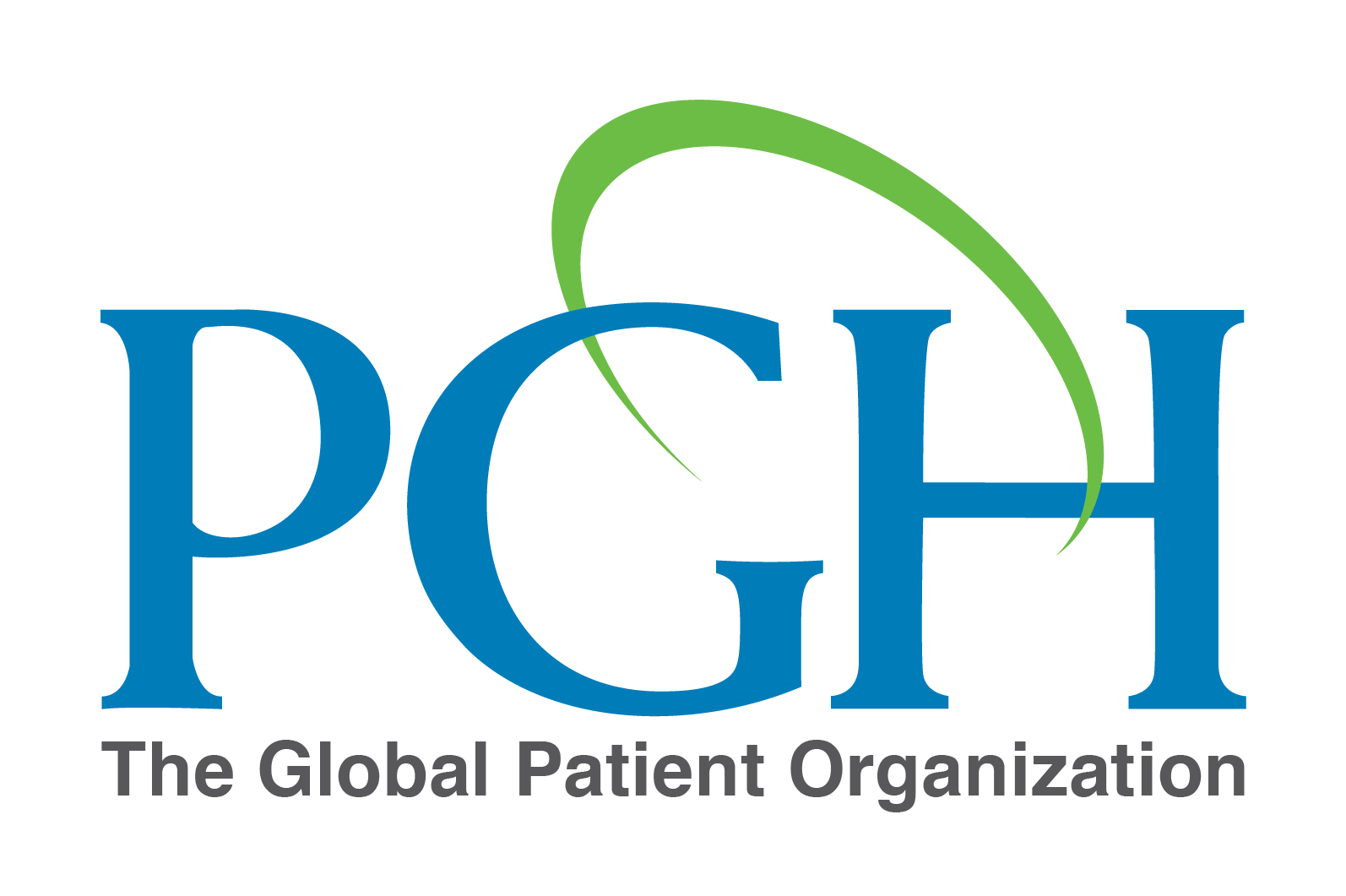Women and Doctors Are #PowerfulTogether When They Are Ovarian Cancer Aware.
2021/5/3
Recognizing and investigating symptoms is the best way to diagnose ovarian cancer quickly and accurately.

Many of us are aware of breast cancer, but far fewer of us know about ovarian cancer.
May 8 is World Ovarian Cancer Day. This is the day where voices across the planet rise together, in virtual and real-life spaces, to raise awareness about the hard facts of this disease and stand in solidarity with sisters, mothers, daughters, aunts, and friends to make ovarian cancer a global priority.
Raising awareness about ovarian cancer is particularly important because there is currently no routine screening test that can detect ovarian cancer. Symptoms are frequently misdiagnosed as gastrointestinal issues or other illnesses. When the cancer is finally detected it is often at a late stage where treatment success is very small.
Increasing visibility works to counteract the fact that ovarian cancer is both overlooked and underfunded.
An Umbrella Term
‘Ovarian cancer’ is not a singular diagnosis. It is an umbrella term for various types of cancer that affect the ovaries, fallopian tubes, and the primary peritoneal cavity. In fact, there are more than 30 different types each with different frequency rates and outlooks.
Different ovarian cancer tumors are named after the type of cell they come from. The most common one, epithelial ovarian cancer, comes from the surface of the ovary (the epithelium). Fallopian tube cancer and primary peritoneal cancer are also included in this type of ovarian cancer. Rarer cancers include germ cell ovarian cancer, stromal cells ovarian cancer, and small cell carcinoma of the ovary.
Late Diagnosis
Ovarian cancer is the most lethal type of cancer for females. Cervical smear tests, or pap tests, that screen for cervical cancer, do not detect ovarian cancer.
It is not uncommon to hear stories where it takes years to be diagnosed. Late-stage diagnosis can often mean the cancer has spread throughout the body and there is small chance of treatment success.
Diagnosing cancer at its early stages, and before it spreads, leads to a higher rate of treatability.
Signs and Symptoms
A survey carried out by the World Ovarian Cancer Coalition found out 9 out of 10 women diagnosed with ovarian cancer had experienced multiple symptoms prior to diagnosis, irrespective of the stage of diagnosis or the type of ovarian cancer.
The same survey found that 66% of the women had not heard of ovarian cancer, or did not know anything about it, before their diagnosis.
Awareness of symptoms – and in-depth investigation of these – can lead to a quicker diagnosis. Common symptoms include:
- Persistent bloating – increased abdominal size that does not come and go
- Eating complications – difficulty eating or feeling full quickly
- Pain – in the pelvic and/or abdominal area
- Urinary symptoms – urgent or frequent urination
Sometimes other symptoms are also present like changes in bowel habits, abnormal bleeding, unexplained weight loss, and extreme fatigue.
Risk Factors
All women are at risk of developing ovarian cancer over their lifetime.
Some women may have extra risk because of factors beyond their control:
- Age – ovarian cancer is most common in women between the ages of 55 and 79 years, but younger women get it too.
- Family History – of ovarian, breast, endometrial (womb), or colorectal cancer. About 1 in 4 women diagnosed with ovarian cancer had a hereditary tendency to develop the disease.
- Genetic Mutations – certain genetic mutations, like BRCA gene mutations, increase the risk of ovarian cancer as well as breast cancer.
- Ethnicity –Jewish women of Eastern European (Ashkenazi) background have a higher risk of ovarian cancer because they are more likely to carry BRCA1 and BRCA2 gene mutations.
- Reproductive History – risk is higher for women who have not delivered babies.
- Hormone Replacement – increases the likelihood of developing ovarian cancer.
- Endometriosis – having this long-term condition, where tissue similar to that of the lining of the womb grows in other places, increases the risk of ovarian cancer.
Unfortunately, it is also possible to develop ovarian, or breast, cancer without having any of the above risk factors. For this reason, all women should follow established recommendations for gynecologic and breast health: regular exercise, maintenance of healthy body weight, minimal alcohol intake, and regular monitoring. These offer the best chance of keeping cancer risk at a minimum.
Detection and Testing
The pathway to diagnosing ovarian cancer includes a pelvic exam (or an internal vaginal examination), a transvaginal or pelvic ultrasound, and a CA-125 blood test that checks for raised levels of a protein called CA125. In some cases, doctors may also use a CT scan or PET scan to arrive at a diagnosis.
Sometimes swelling or bloating of the abdomen is caused by a build-up of fluid, called ascites. Doctors may take a sample of this fluid to check for cancer cells.
The only definitive way to determine if a woman has ovarian cancer is through a biopsy, where a small sample of tissue is taken to be examined under a microscope at the laboratory.
Treatment
Consulting a multidisciplinary team of specialist doctors is the wisest course to identify the most suitable course of treatment. Because of the complexities of ovarian cancer subtypes, it is important that treatment be carried out by a hospital or cancer center with an experienced team of gynecologic cancer experts.
Treatment is based on type of cancer, its stage (borderline, stages 1-4, or cancer that comes back), where it is or has spread, general health, and personal preferences. Common treatment options are surgery, chemotherapy, radiation therapy and targeted therapies that are engineered to kill cancer cells and spare healthy ones by interfering with the ways cells grow and targeting cells that cancer cells are dependent on.
Important Questions to Ask
Understanding different treatments and their side effects and speaking about their aims are important things to talk through and consider when making treatment decisions.
Ovarian cancer treatments can cause early menopause or affect fertility, so it is important to tell doctors about any possible desire for future pregnancy before treatment starts.
Act Now
If you or someone you know are experiencing symptoms or are concerned about ovarian cancer, it is best to act quickly and speak to your doctor. If a primary doctor is involved, they will arrange for you to see a specialist doctor, usually a gynecologist.
If symptoms persist after a gastrointestinal diagnosis, make sure to seek further professional medical investigation.
If you have a family history of ovarian, breast, or related cancers, speak to your healthcare providers to find out if you are eligible for genetic counselling and testing.
Sources:
- World Ovarian Cancer Coalition, Symptoms & Risks.
